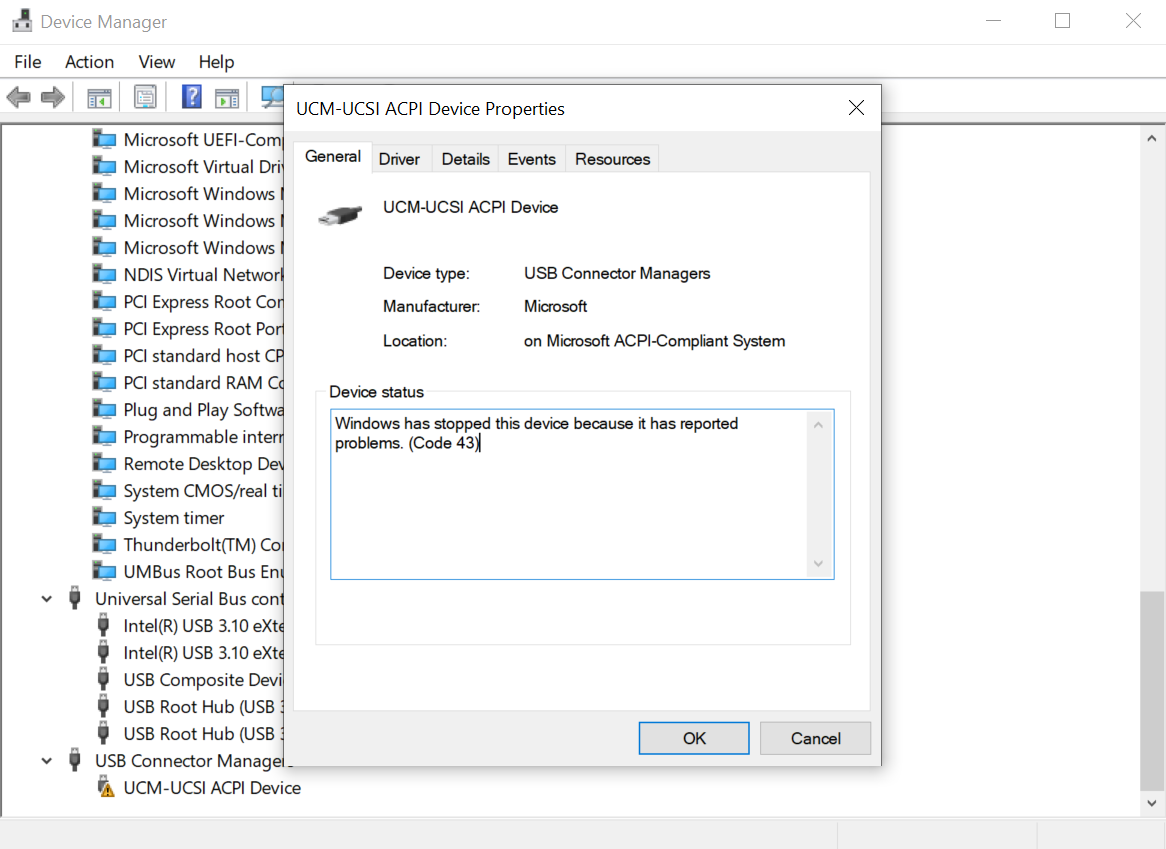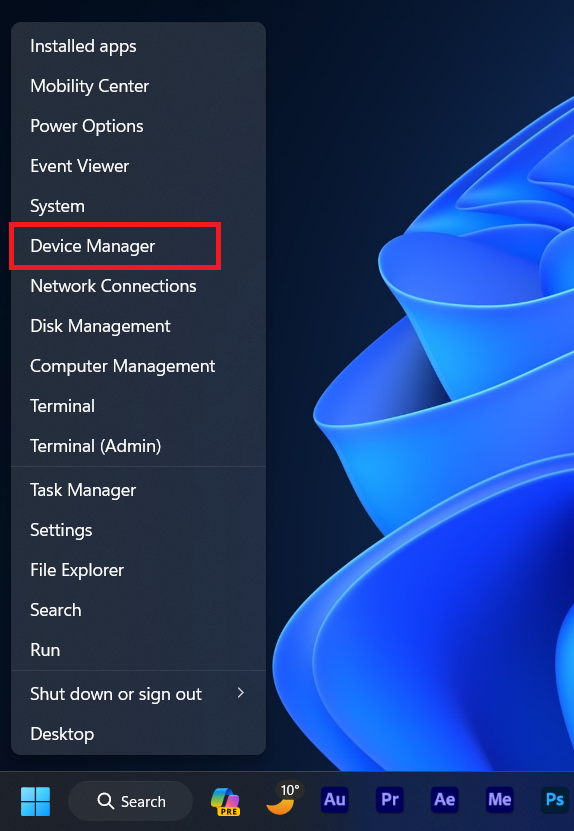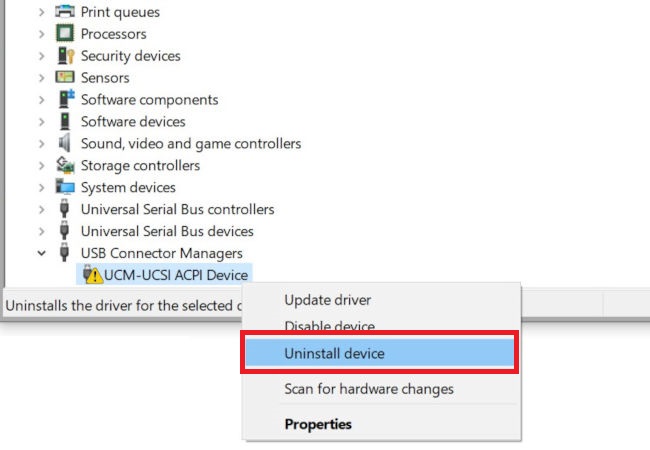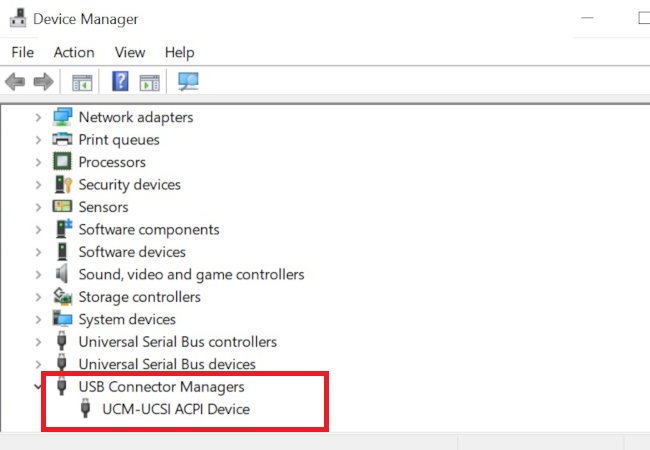How to Fix UCM-UCSI ACPI Device Driver Error in Windows?
The UCM-UCSI ACPI is an essential component in modern computers, managing USB Type-C ports. The UCSI (USB Type-C Connector System Software Interface) driver in Windows facilitates control over USB Type-C components, while the UCM-UCSI driver manages communication with these hardware elements.

Occasionally, users may encounter a UCM-UCSI ACPI Device driver error, identifiable by an exclamation mark next to the UCM-UCSI ACPI Device in the Device Manager, signaling a sudden malfunction of USB Type-C ports.
This problem often arises following a Windows update or system upgrade, potentially leading to impaired driver functionality or compatibility.
Other contributing factors might include incorrect driver installation, an outdated BIOS, or physical hardware malfunctions, making it challenging to resolve the error.
Below, we outline various strategies to address this issue.
1. Restart Your Device
It’s advisable to reboot your device first:
- Disconnect your laptop from any power source.
- Hold down the Power button for 30 seconds to force a shutdown.
- After the device has turned off, reconnect the charger and press the power button to restart it.
2. Check for BIOS Update
An outdated BIOS may lead to incompatibility issues with Windows components. Therefore, it’s crucial to check for BIOS updates regularly. Refer to our guides on updating BIOS for HP Devices, Lenovo Devices, and Dell Devices for further assistance.
3. Reinstall the Driver
Corruption within the driver may result in nonfunctional ports. Reinstalling the driver could resolve this issue:
- Right-click the Windows icon to open the Device Manager.

- Locate the UCM-UCSI ACPI Device, right-click it, and select Uninstall Device.

- Comply with the on-screen instructions to remove the device.
- Afterwards, disconnect all power sources and remove any connected USB-C devices.
- Restart your computer. Upon relaunching the Device Manager, the error icon should no longer be present, and the device should function correctly.

Alternatively, consider utilizing third-party driver installation software if the manual approach is unsuccessful. Learn more in our article on the best driver updating software.
4. Reset Windows
Should the above methods fail, resetting Windows may be a viable option. This process clears corrupted files and reinstalls a clean set of drivers and software.
For detailed instructions, visit our tutorial on how to reset Windows.
If you exhaust all solutions without success, contact your device manufacturer’s support team for assistance with resolving your issue.




